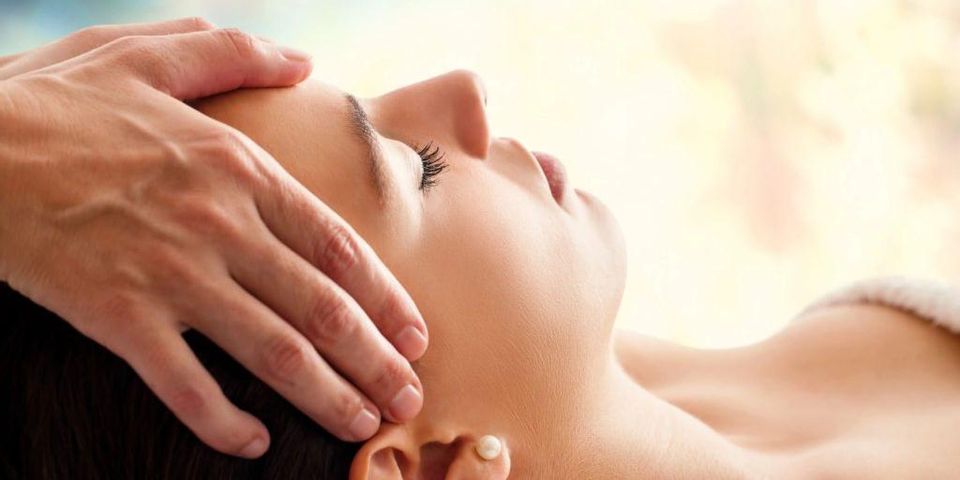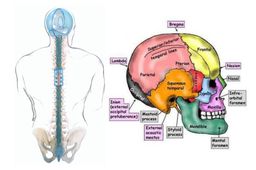
Advancements in and continuous research on holistic medicine have made it a viable alternative for patients who want more choices with their treatment. Craniosacral therapy or CST is one option. Despite its development in 1970 by osteopathic doctor John Upledger, this method has its fair share of mysteries. Learn more about it with these answers to frequently asked questions.
Common Questions About Craniosacral Therapy
What happens during craniosacral therapy?
As a holistic medicine treatment, CST aims to alleviate pain and dysfunction of the body. It is a hands-on approach that works by applying no more than five grams of pressure—equivalent to the weight of a nickel—to the craniosacral system, comprised of membranes and fluids surrounding the spinal cord and brain. A practitioner finds the restrictions that hinder the flow and pressure of the cerebrospinal fluid and uses a light touch to eliminate blockages.
Where is it used?
CST is used as an  alternative treatment for back and neck pain, scoliosis, chronic fatigue, tension-related disorders like migraines and headaches, spinal cord and brain injuries, stress, and trauma recovery. It may also combat learning disabilities, motor-coordination impairments, fibromyalgia, and TMJ.
alternative treatment for back and neck pain, scoliosis, chronic fatigue, tension-related disorders like migraines and headaches, spinal cord and brain injuries, stress, and trauma recovery. It may also combat learning disabilities, motor-coordination impairments, fibromyalgia, and TMJ.
Are there conditions when CST isn’t recommended?
While CST comes in handy for many conditions, there are instances when it can do more harm than good. People with a severe bleeding disorder, cerebral hemorrhage, acute aneurysm, and history of traumatic head injuries should avoid CST. The treatment method involves the application of intracranial pressure, and the slightest increase through gentle manipulation can result in long-term damage.
Who can provide CST?
Not everyone can offer CST. Only trained practitioners like massage and physical therapists, chiropractors, and osteopaths are allowed to do so to ensure the safety of this holistic medicine method. Some states require licensing, while others mandate the minimum prerequisite study of anatomy, physiology, and ethics.
Is it different from massage therapy?
Yes, CST is altogether different from massage therapy. Although both methods involve the application of pressure, CST uses lighter strokes, as little as 5 grams of pressure or less, to normalize flow while finding the pulsing rhythm and motion of the cerebrospinal fluid.
For a 15 min Virtual Consultation on simple CST techniques you can use at home, please schedule with Alan Schroepfer, LAc, LMT, CST.
Experience the benefits of craniosacral therapy when you visit 808 Wellness: Healing Spa & Maui Yoga Studio in Kihei, HI.
Since opening their doors in 2016, they’ve provided an extensive menu of holistic medicine, including acupuncture, massage therapy, and energy healing medicines, to relieve pain and discomfort. Call (808) 875-4325 or visit their website to learn more about their various treatment options.
About the Business
Have a question? Ask the experts!
Send your question

